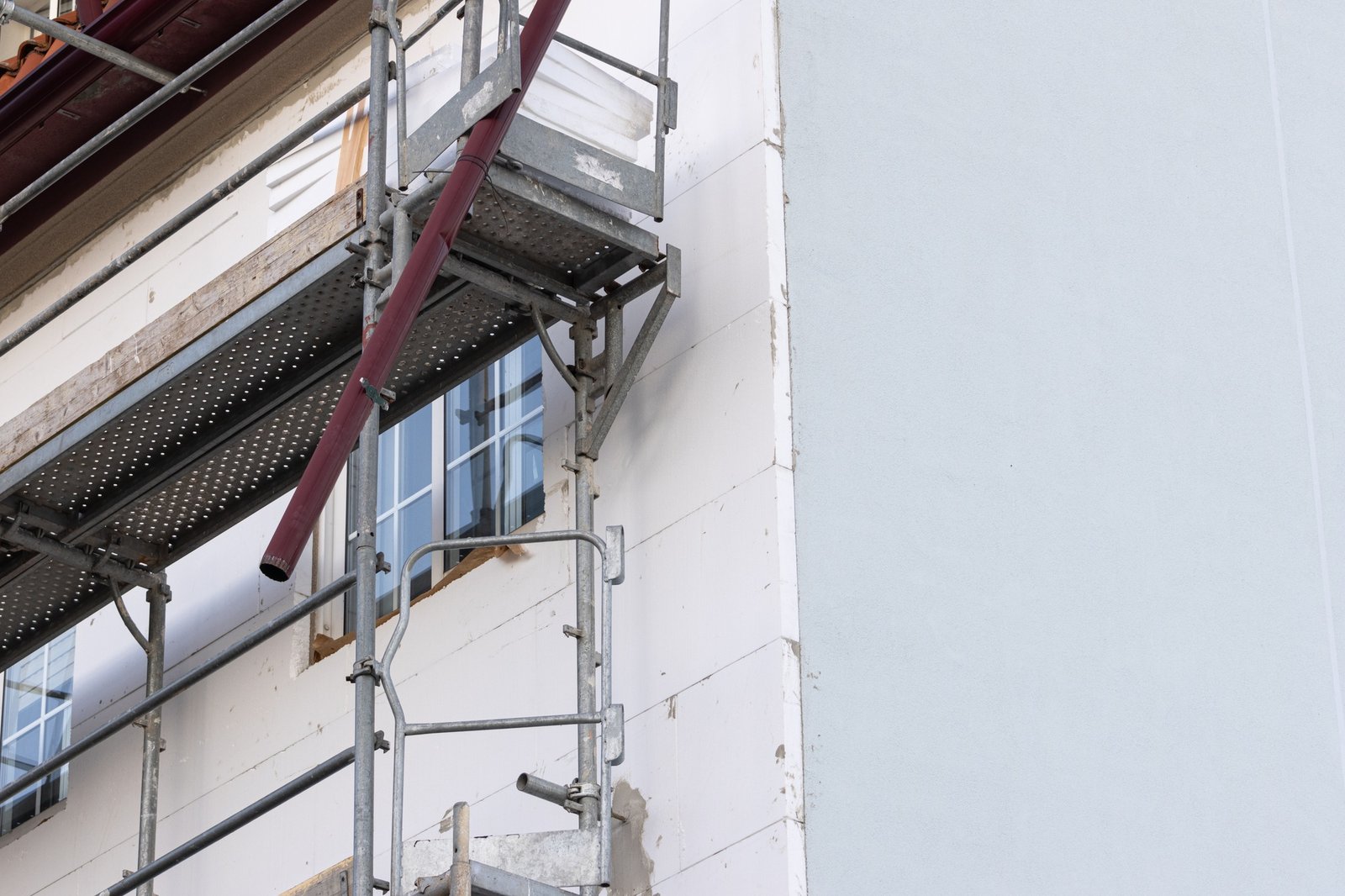Landu: Your Premier HPMC Partner for Advanced EIFS/ETICS Construction Solutions
In the evolving landscape of modern construction, energy efficiency, sustainability, and aesthetic versatility are not merely advantages—they are imperatives. At Landu, we stand at the forefront of this movement as a trusted global manufacturer of Hidroksipropil metilceluloza (HPMC), providing the essential chemical backbone for high-performance EIFS (Exterior Insulation and Finish Systems) and ETICS (External Thermal Insulation Composite Systems). Our commitment is to empower builders, architects, and manufacturers with top-quality additives that enhance durability, workability, and the overall performance of insulated cladding systems, paving the way for a more sustainable and architecturally dynamic built environment.

A Deep Dive into EIFS/ETICS: The Modern Building Envelope Solution
EIFS/ETICS represents a paradigm shift in exterior wall construction. Unlike traditional methods that place insulation within the wall cavity, this system applies insulation externally, creating a continuous thermal blanket around the building. This approach effectively eliminates thermal bridges—points in the building envelope where heat readily escapes, such as at floor slabs, lintels, and corners. By wrapping the structure in an insulated layer, EIFS/ETICS maintains a consistent interior temperature, drastically reducing the energy required for heating and cooling.
The system is a sophisticated, multi-layered assembly, with each component playing a critical role:
The lightweight nature of EIFS/ETICS reduces the dead load on the building's structure, allows for faster installation compared to traditional masonry, and offers unparalleled design flexibility for creating curvatures, arches, and intricate details that would be cost-prohibitive with other materials.
The Indispensable Role of HPMC in EIFS/ETICS Performance
While the concept of external insulation is straightforward, its long-term success hinges on the performance of the mortars used in the adhesive and base coats. This is where Landu's Hydroxypropyl Methylcellulose (HPMC) becomes a game-changer. HPMC is a non-ionic cellulose ether derived from natural polymer cellulose. In EIFS mortars, it acts as a multifunctional additive, critically influencing the material's behavior during application and throughout its service life.
Key Functional Benefits of Landu HPMC in EIFS Mortars:
- Proper Cement Hydration: Cement requires adequate water and time to cure and develop its full strength. If water is lost too quickly, the hydration process is interrupted, leading to a weak, crumbly, and dusty mortar with poor adhesion and durability.
- Substrate Suction Control: Porous substrates like concrete block can "suck" water out of the mortar, again starving the cement. HPMC ensures water remains available where it's needed, resulting in a consistently strong and well-cured matrix.
EIFS/ETICS: A Multitude of Benefits for the Modern World
The adoption of EIFS/ETICS delivers tangible benefits across economic, environmental, and design domains.

EIFS vs. Traditional Stucco: A Clear Distinction
It is a common misconception that EIFS is simply a "synthetic stucco." While they may share a similar appearance in some finishes, they are fundamentally different systems.
Why Landu is the Unquestionable Choice for Your EIFS HPMC Needs
Choosing Landu as your HPMC supplier means partnering with a leader dedicated to quality, innovation, and customer success.
🔬 Advanced R&D
Our production facilities utilize state-of-the-art technology and are supported by a robust R&D division. Optimized solubility, viscosity profiles, and environmental compatibility.
✅ Quality Assurance
Every batch of Landu HPMC undergoes stringent testing. ISO standards ensure purity, viscosity, moisture content, and particle size consistency.
🎯 Technical Expertise
Our experienced team provides application support, helping you select the perfect HPMC grade for your formula, climate, and methods.
🌍 Global Supply
With a sophisticated logistics network, Landu guarantees timely supply worldwide, ensuring your construction projects stay on schedule.
♻️ Sustainability
Derived from natural cellulose, our HPMC is manufactured responsibly, minimizing waste and energy consumption for greener buildings.
